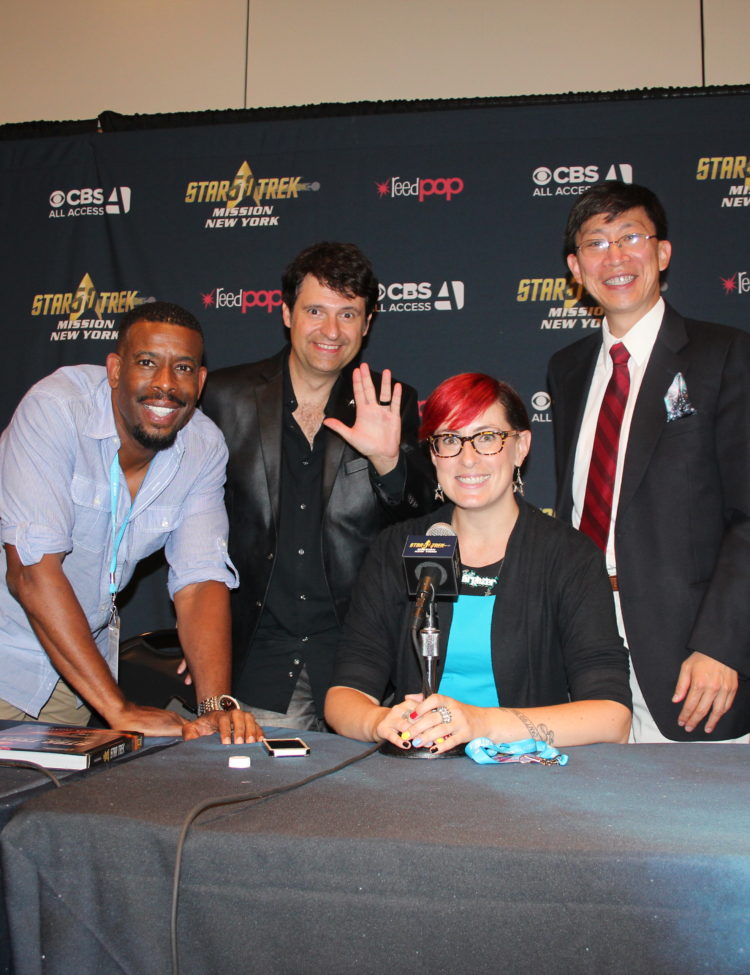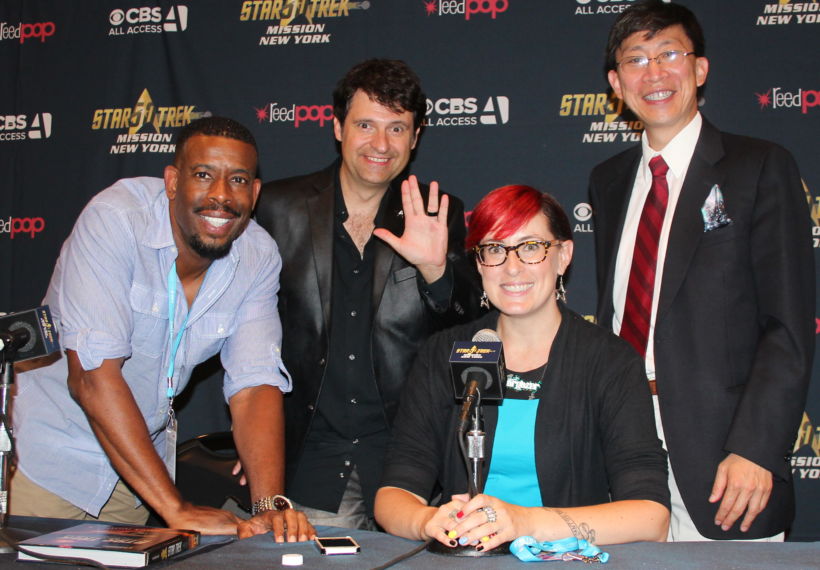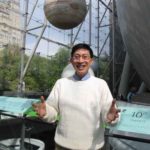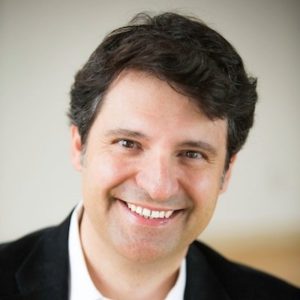About This Episode
Join us for an episode of StarTalk All-Stars recorded at our panel at the Star Trek Mission: New York 50th Anniversary convention. To get the science of Star Trek right, our show’s in the capable hands of two serious Trekkers: All-Stars host and astrophysicist Charles Liu and co-host Chuck Nice. But that’s not enough, so our panel also featured Andrew Fazekas, astronomy journalist and author of Star Trek: The Official Guide to Our Universe: The True Science behind the Starship Voyages. Plus, in her second StarTalk appearance, our newest All-Stars host, Columbia University astrophysicist Summer Ash. To start, our panel goes where no non-fictional human has gone before: seeking out new life and new civilizations beyond our solar system. You’ll find out what the Alpha Quadrant really is, why everyone is so excited about Proxima B, in the “goldilocks zone” around Proxima Centauri, and why even in Star Trek, and even with warp drive, the USS Enterprise has almost never left the Milky Way. Speaking of warp drive, how might it actually work? Summer explains how Einstein’s theory of gravitation tells us that massive objects warp spacetime, and Charles describes Miguel Alcubierre’s 1994 paper speculating on how something in an “asymmetric bubble” could move through space faster than the speed of light. You’ll also hear about the physics of artificial gravity, radio waves and radio astronomy, Voyager 1, detecting gravitational waves and black holes, SETI, first contact and what Charles will be doing on April 5, 2063. Plus, our panel ponders phasers, transporters, replicators, subspace communication, Class M planets, and some of Star Trek’s “science” that has always bothered them: stardates, the “galactic barrier,” cosmic strings and quantum filaments, gravitons, and why “removing excess baryons” might not be such a good idea.
NOTE: All-Access subscribers can watch or listen to this entire episode commercial-free here: StarTalk All-Stars at Star Trek Mission NY – The Science of Star Trek.




 Unlock with Patreon
Unlock with Patreon



 Become a Patron
Become a Patron